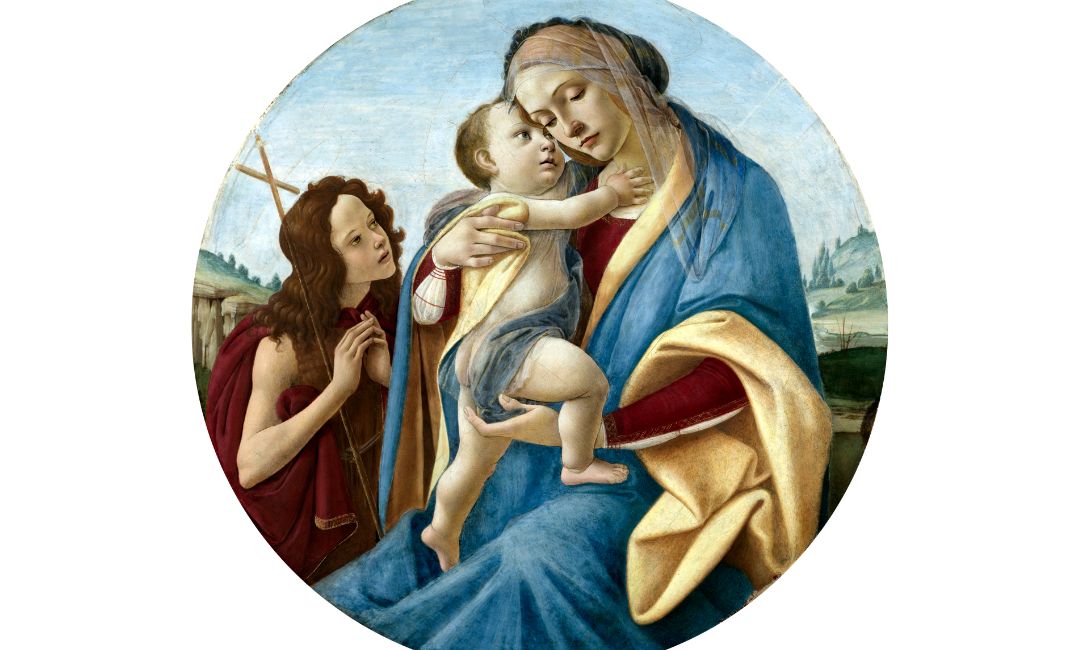During May, get to know your Mary-isms
Do you know the difference between the annunciation and the assumption, or the beautiful story of the presentation and the visitation? The following was written by the U.S. Conference of Catholic Bishops to familiarize the faithful with terms connected to Mary.
ANNUNCIATION: The visit of the angel Gabriel to the Virgin Mary to inform her that she was to be the mother of the Savior. After giving her consent to God’s word, Mary became the mother of Jesus by the power of the Holy Spirit.
ASSUMPTION: The dogma which recognizes the Blessed Virgin Mary’s singular participation in her Son’s Resurrection by which she was taken up body and soul into heavenly glory, when the course of her earthly life was finished.
HAIL MARY: The prayer known in Latin as the Ave Maria. The first part of the prayer praises God for the gifts he gave to Mary as Mother of the Redeemer; the second part seeks her maternal intercession for the members of the Body of Christ, the Church, of which she is the Mother.
IMMACULATE CONCEPTION: The dogma proclaimed in Christian Tradition and defined in 1854, that from the first moment of her conception, Mary–by the singular grace of God and by virtue of the merits of Jesus Christ–was preserved immune from original sin.
MAGNIFICAT: The title commonly given to the Latin text and vernacular translation of the Canticle (or Song) of Mary that she recites at the time of the visitation. The canticle begins with “My soul proclaims the greatness of the Lord.”
MARY: The mother of Jesus. Because she is the mother of Jesus–Son of God and second Person of the Blessed Trinity–according to the flesh, she is rightly called the Mother of God (Theotokos). Mary is also called “full of grace,” and “Mother of the Church,” and in Christian prayer and devotion, “Our Lady,” the “Blessed Virgin Mary,” and the “New Eve.”
PRESENTATION: The presentation and dedication of Jesus to God by Mary and Joseph in the Temple (Lk 2:22-39), in accord with Mosaic Law concerning the first-born. At the Presentation, Simeon and Anna sum up the expectation of Israel for the long-awaited Messiah, the light of the nations and the glory of Israel, but also as a sign of contradiction. The presentation of the gifts, especially of bread and wine, is a preparatory rite for the liturgy of the Eucharist at Mass.
ROSARY: A prayer in honor of the Blessed Virgin Mary, which repeats the privileged Marian prayer Ave Maria, or Hail Mary, in “decades” of ten prayers, each preceded by the Pater Noster (“Our Father”) and concluded by the Gloria Patri (Glory Be to the Father), accompanied by meditation on the mysteries of Christ’s life. The rosary was developed by medieval piety in the Latin church as a popular substitute for the liturgical prayer of the Hours.
VIRGIN BIRTH: The conception of Jesus in the womb of the Virgin Mary solely by the power of the Holy Spirit. The Church’s confession of faith in the virgin birth affirms that Jesus was conceived by the Holy Spirit without human seed.
VIRGIN MARY: The mother of Jesus, who is honored as “ever-virgin” for her perpetual virginity.
VISITATION: At the annunciation, the angel Gabriel told Mary that she would be the mother of the savior. Gabriel also told Mary that her barren cousin, Elizabeth, had conceived a son in her old age. Mary went to visit her cousin and confirmed the truth of the angel’s words. The time she spent with Elizabeth is referred to as “the visitation.”



